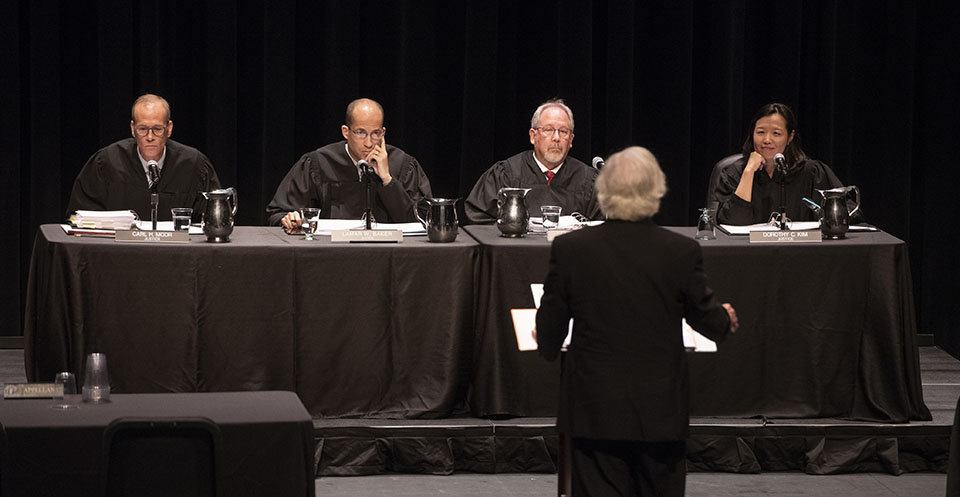The following are currently sitting on assignment:
· Judge Gregory J.
Weingart of the Los Angeles Superior Court, will be sitting Pro-Tem in Division
One until December 31, 2019
· Judge Mark K.
Hanasono of the Los Angeles Superior Court, will be sitting Pro‑Tem in Division
Three until November 30, 2019
· Judge Ann I. Jones
of the Los Angeles Superior Court, will be sitting Pro-Tem in Division Three
until December 31, 2019
· Judge Kim Garlin
Dunning (Retired) of the Orange County Superior Court, will be sitting Pro-Tem
in Division Four until completion of all assigned matters.
· Judge Natalie P.
Stone of the Los Angeles Superior Court, will be sitting Pro-Tem in Division
Seven until November 30, 2019




